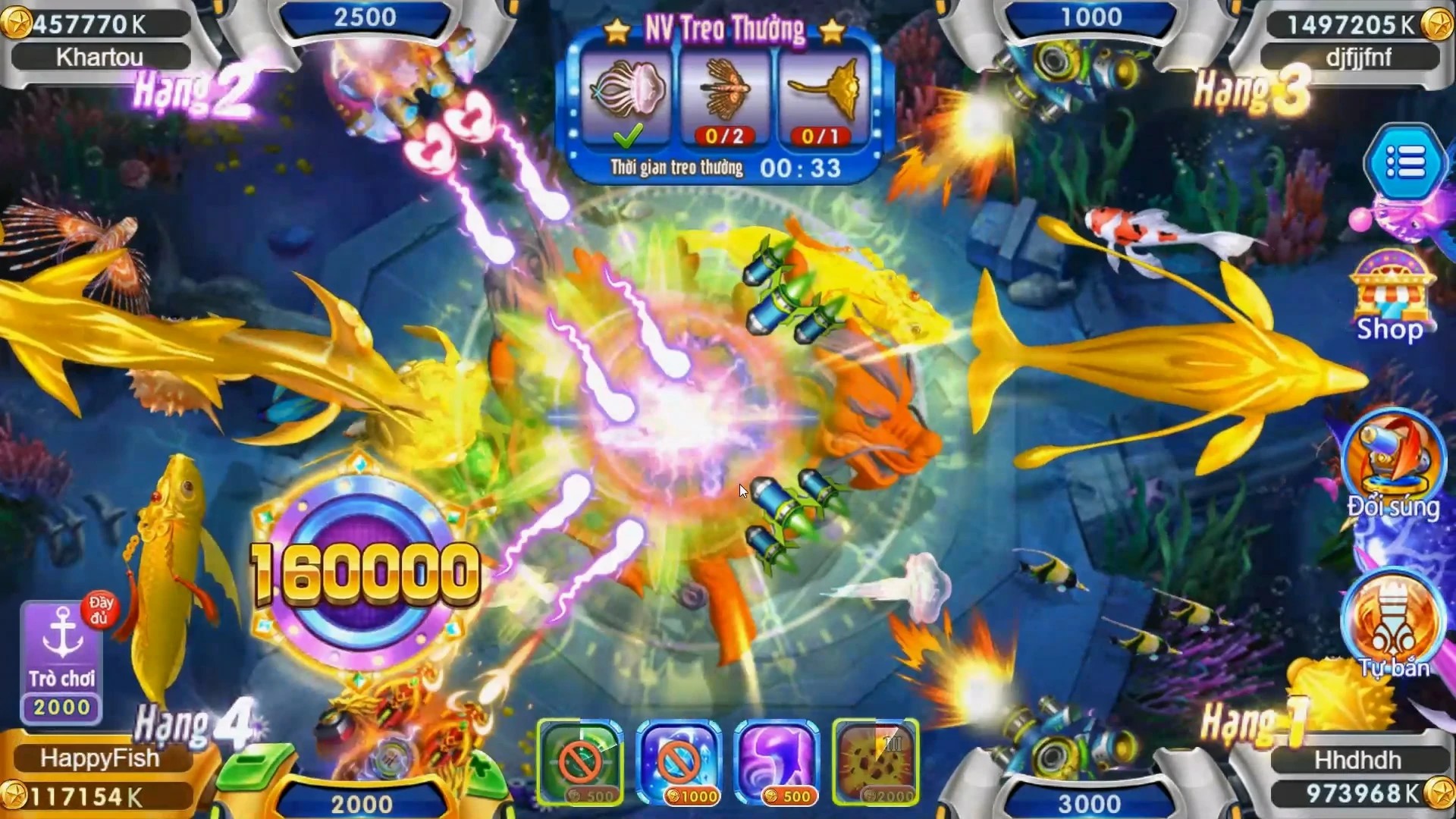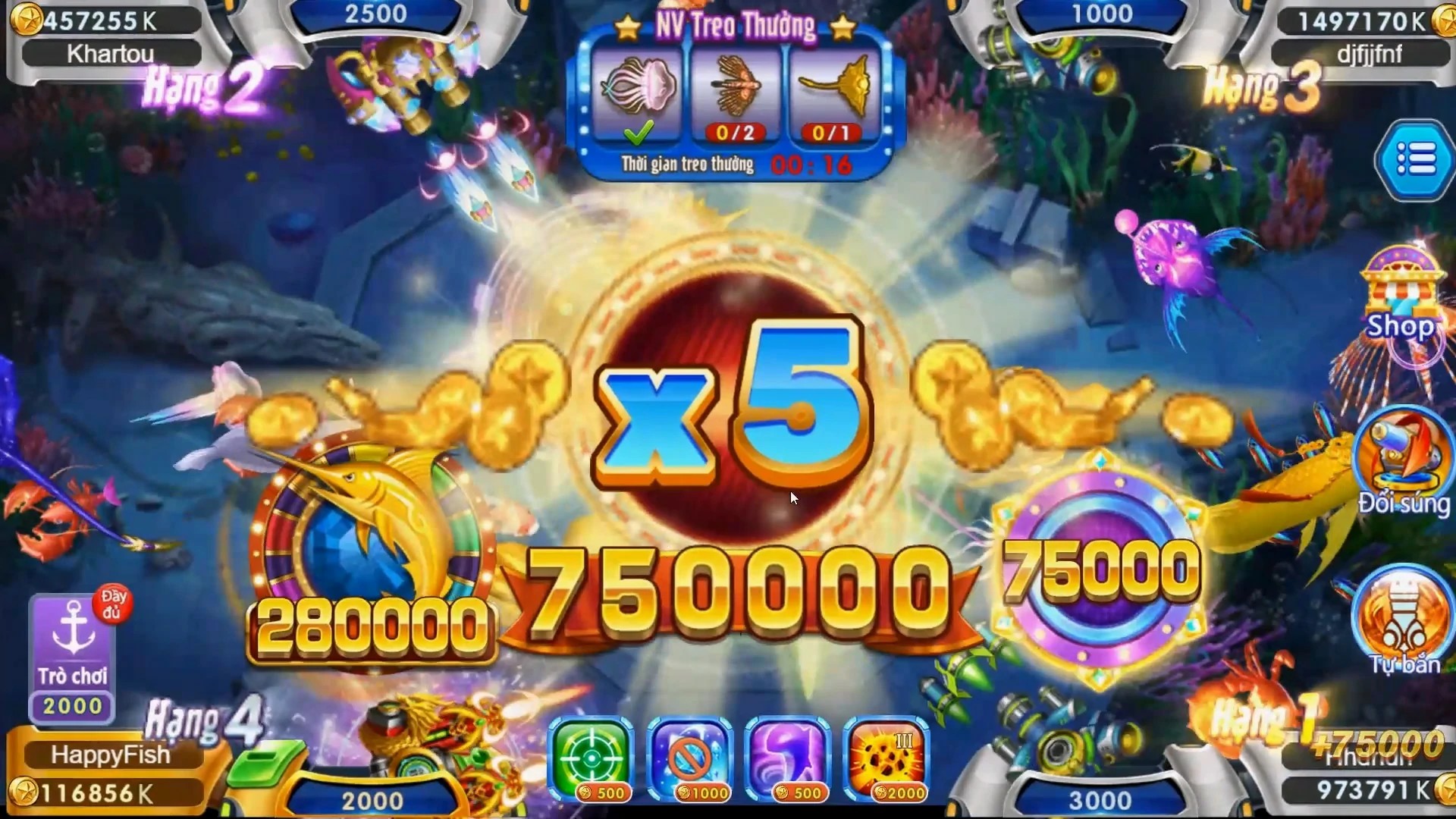Unlocking Learning: How Sandbox Games Are Revolutionizing Educational Play
In the rapidly evolving landscape of education, one medium is beginning to rise above the rest: sandbox games. These interactive environments allow learners to explore, create, and collaborate while having a blast. But how exactly are they revolutionizing educational play? Let’s dive deep into some of the reasons that make sandbox games like Minecraft and Roblox exceptional tools in the modern classroom.
What Are Sandbox Games?
Sandbox games offer a unique gaming structure where players can manipulate the environment around them. Unlike traditional games that follow a strict narrative, sandbox games encourage open-ended exploration and creativity. Players can build, destroy, and create their own worlds, which promotes critical thinking and problem-solving skills.
The Fusion of Play and Education
Incorporating play into education is not a novel concept, but the advent of sandbox games is transforming how education is approached. These games harness natural curiosity and combine it with educational goals, making learning feel less like a chore and more like an adventure.
Benefits of Sandbox Games in Education
- Enhanced Engagement: Students are often more engaged in their learning when it involves a game-like experience.
- Improved Collaboration: Many sandbox games can be played collaboratively, which boosts teamwork skills.
- Critical Thinking: Players are often faced with challenges and must think critically to solve problems.
- Creativity: The open-ended nature of sandbox games fosters creativity, allowing students to explore their own ideas.
Learning Through Play: A Deeper Look
In an age where traditional teaching methods often fall short, sandbox games present a fresh avenue for educators. They provide a space where students can work at their own pace, manipulate various elements, and interact with both the virtual and real world. For example, games like Clash of Clans not only entertain but teach strategy and resource management—skills immensely valuable in various industries.
Creating Unique Learning Environments
Imagine a classroom where students are not only passive listeners but active participants in their education. Sandbox games make this possible. They can simulate environments, historical scenarios, or scientific processes, turning abstract concepts into tangible experiences.
The Role of Educational Games in the Classroom
Educational games are not just a trend; they are a valuable tool in shaping young minds. They can reinforce math skills through building mechanics or develop scientific inquiry through experimentation in virtual ecosystems.
Examples of Popular Sandbox Games
| Game Title | Age Group | Educational Benefits |
|---|---|---|
| Minecraft | 8+ | Math, Science, Creativity |
| Roblox | 7+ | Programming, Art, Teamwork |
| Terraria | 10+ | Critical Thinking, Crafting |
How to Implement Sandbox Games in the Curriculum
Here’s a brief guide on how educators can seamlessly integrate sandbox games into their lesson plans:
- Identify Objectives: Determine what educational goals you aim to achieve.
- Choose the Right Game: Select a sandbox game that aligns with these objectives.
- Design Activities: Create assignments or projects that utilize the chosen game.
- Monitor Progress: Keep track of students’ engagement and learning outcomes through assessments.
The Future of Educational Play
As technology advances and more students familiarize themselves with digital tools, the future of educational play looks bright. Sandbox games can forge pathways for critical skill-building essential for the 21st century, including collaboration, problem-solving, and creativity.
The Global Influence of Sandbox Learning
From Sri Lanka to Seattle, educators are harnessing the power of sandbox game learning. The adaptability of these games allows for cultural integration and acknowledgment of local contexts, making learning more relevant and applicable.
Challenges and Considerations
While the benefits of sandbox games in education are undeniable, there are challenges. Access to technology can be an issue, and some educators might require training to effectively facilitate these gaming environments.
Strategies for Overcoming Barriers
To maximize the impact of sandbox games, it’s essential to address these challenges head-on. Here are some strategies:
- Provide Training Sessions: Organize workshops for educators on integrating sandbox games.
- Ensure Accessibility: Lobby for resources to provide adequate technology to all students.
- Customize Experiences: Tailor game experiences to meet the needs of diverse learners.
The Impact on Student Relationships
Students can create lasting bonds when working together in a sandbox game environment. These collaborations foster community and empathy, vital components in today’s interconnected world.
Conclusion: A New Era for Learning
Sandbox games represent a significant shift in the landscape of education. By combining learning with play, they offer a vibrant and engaging method for students to absorb complex concepts. The future is bright as we continue to explore how these interactive experiences can shape learning. So, are you ready to unlock the potential that sandbox games hold for education?



